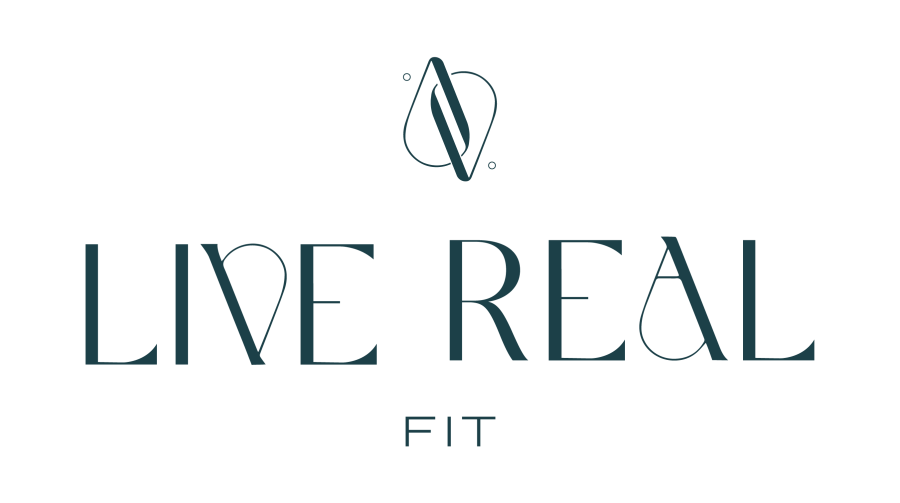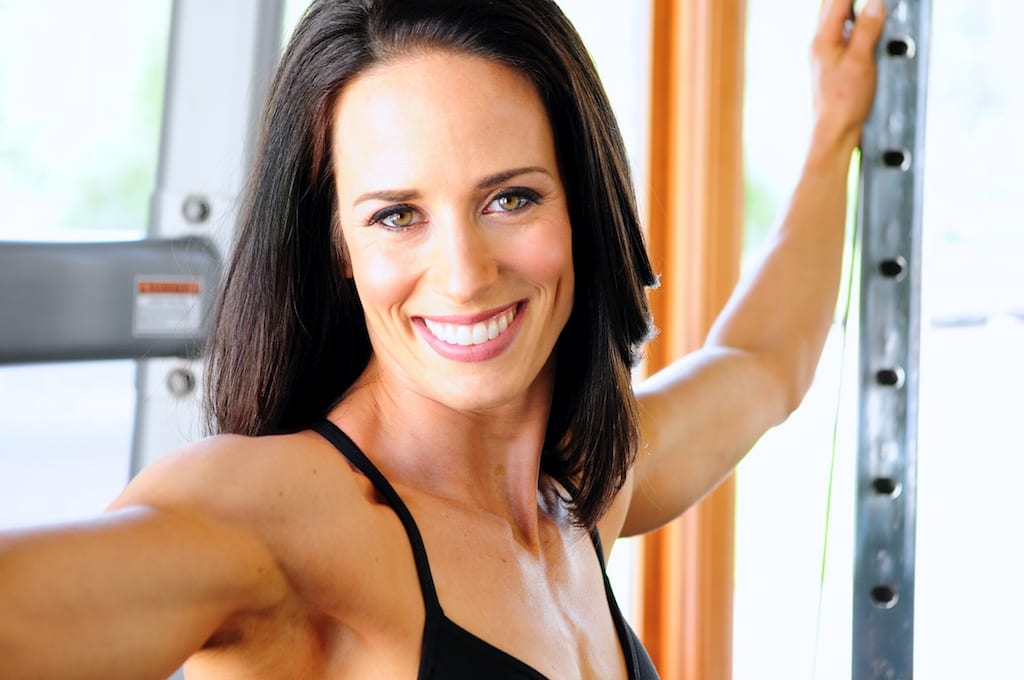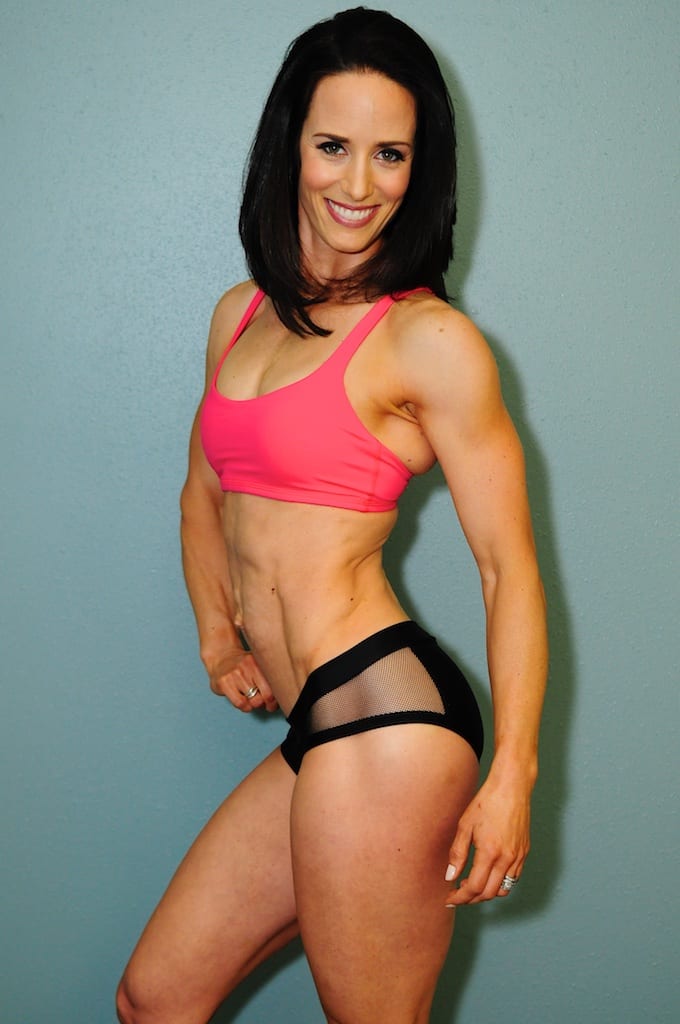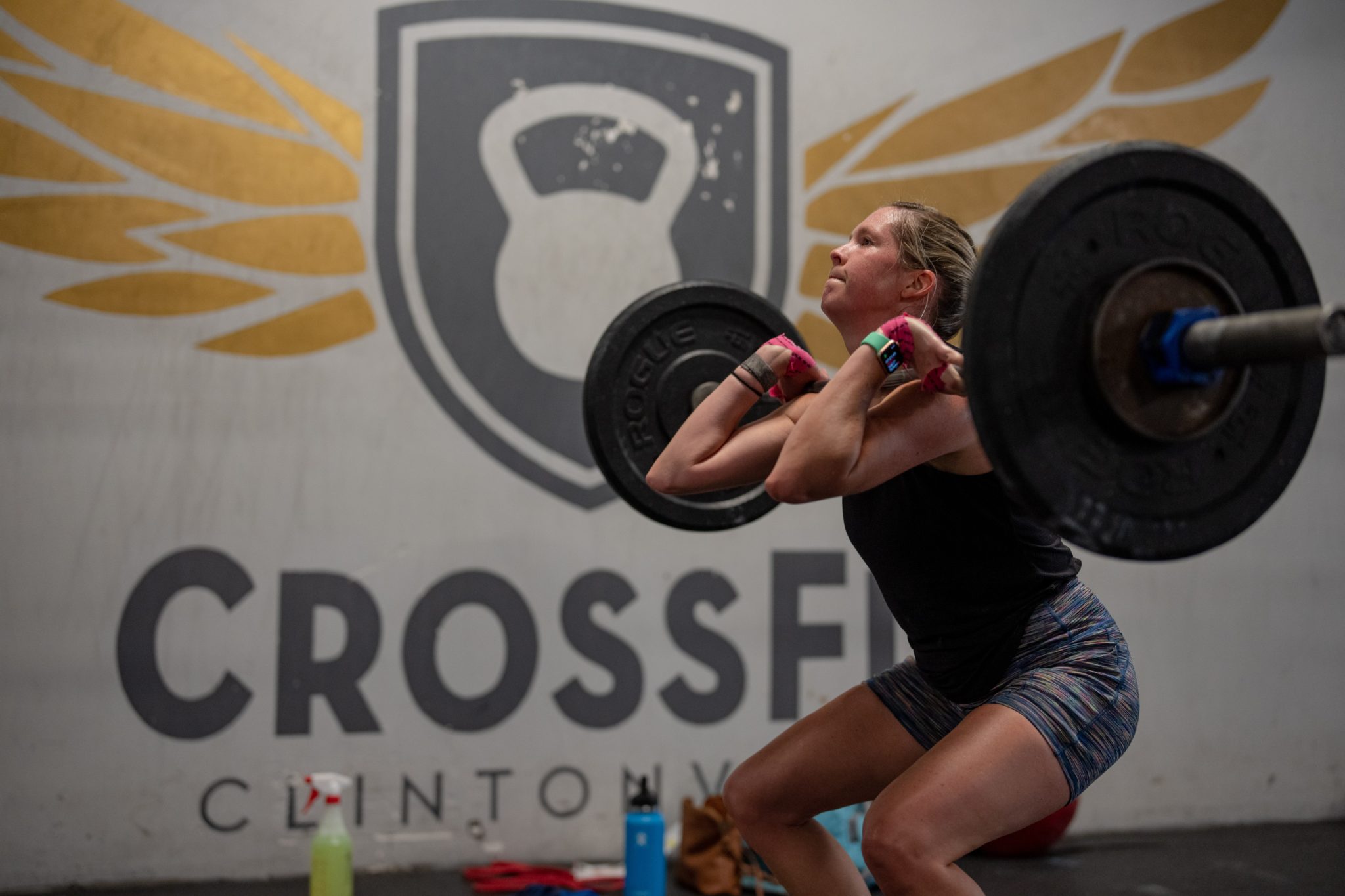Let’s be honest…sometimes just getting to the gym feels like a win for the day. You start your workout with a good dynamic warm-up and now you’ve got to figure out what exercises to do. Have you ever felt a little confused when it comes to what exercises to do while you’re at the gym? Maybe you’ve pulled up a workout you found on social media that seemed like a good sweat session and thought you’d give it a go. Or maybe you decided to hit some machines and do a couple of dumbbell exercise then hit the treadmill or elliptical for a bit then call it a day. While you may have gotten a good sweaty workout, this method may not help you make progress towards your goals. What you need is a workout plan that is structured to help you see results!
I’ve talked a lot about using progressive overload to address muscle growth as well as utilizing compound lifts to really get the most bang for your buck. You may be wondering how to put all this together to create a workout plan that will actually help you see results. I’m going to give you a basic outline for creating a workout that will help you make progress towards your goals. Now you’ll be able to take the guesswork out of what to do once you make it to the gym. You’ll be able to make the most of your time and feel confident that you are training with purpose. Get ready to start seeing some amazing results!
1. Decide how many days you plan to workout.
This is a simple yet important piece to creating a workout plan that will get you results. Part of success is creating consistency. By deciding on how many days you are going to work out you are laying the foundation for creating that consistency. Be honest and realistic with yourself. The best of intentions don’t mean anything if you are not able to actually stick to your plan.
If you are a beginner or getting back in to exercise I would recommend starting with 3 days per week. Each day can work full body by working both upper and lower body exercises. If you exercising regularly then you can plan for 4-5 days per week depending on what your schedule allows. More days allows you to work in “splits” or choose certain days of the week to work upper body and then other days working lower body. For example, if you are training 4 days a week you might split it up with two days upper body and two days lower body. A 5 day per week plan might be split up to work two days lower body and 3 days upper body. Keep in mind that you should alternate upper and lower body days or have at least one day between consecutive upper (or lower) body workouts.
Planning your workout days makes it part of your schedule each week and creates a consistent routine. This is so important for adherence to your plan. Now that you have committed yourself to these days you can make a specific workout plan for each of these days.
2. Plan for your goals.
Before you can figure out what exercises you will do each day you want to sit down and think about what your personal goals are related to your fitness. Everyone’s goals and purpose for weight training are going to be a little different. You might be looking to improve your overall strength while also wanting to build muscle. Maybe you are looking for more endurance or cardiovascular benefits. You could also be more interested in training functionality to help improve your overall mobility, assist with injury prevention or carryover to improving another area of fitness such as running a half marathon.
Whatever your goals are you can benefit from strength training. Just the exercises or the format might look a little different. Keep in mind that strength, hypertrophy, endurance, and/or functionality are not necessarily mutually exclusive or the only types or training. In fact, often, I will train for each of these within one training day or week. You just want to have a heavier focus in one area or another if you have very specific goals such as hitting a squat PR, cross training for a half marathon, or maintaining lean muscle while in a dietary fat loss phase. If your goals are general strength and wellness then I would think about hitting most of these within your program.
3. Decide on order and type of exercise.
While no one program is perfect for everyone, there are some general guidelines that you can apply. Then you can work on fine-tuning it to make it your own. I will usually say that a good well-rounded strength training program has a combination of compound lifts and isolation or “accessory” movements. You can read a more in-depth discussion about the benefits of compound lifts here, but basically, a compound lift is a movement that involves multiple joints utilizing multiple large and small muscles. An isolation or accessory movement targets one specific primary muscle group involving only one joint.
While compound lifts are a highly effective and efficient mode of training allowing you to train multiple muscle groups, lift heavier loads, burn more calories and simulate functional movement, isolation exercises have their benefits as well. Isolation movements allow you to address specific muscle groups to target areas of weakness and/or muscular imbalances you may have. Muscular imbalances can potentially lead to injury therefore, the fewer imbalances you have the lower your injury risk. Isolation movements help you create a nice well-rounded program.
Generally speaking, you want to include about 1-2 compound lifts for each major muscle group and 1-3 isolation exercises for each muscle group. You always want to perform the compound movements first. These movements are more complex and fatiguing so you want to perform them when you are fresh. You can more effectively and correctly perform the movements minimizing potential injury.
In addition, for lower body days I will also include 1-2 unilateral movements after the compound movements. For upper body days, I will have at least one day with Pushing movements and another day with Pulling movements.
Example of pushing movements:
- Bench Press
- Push Up
- Cable Fly’s
- Shoulder Press
- Tricep Dips
Example of pulling movements:
- Barbell Bent Row
- Cable Column Row
- Pull Up
- DB Bent Reverse Fly
- Lat Pulldown
- Bicep Curl
The number of repetitions to perform varies related to what the intention is with your training. For strength goals, you will want to perform a range of 3-5 sets or 5-6 repetitions hitting about an 8-9 on the RPE scale. For hypertrophy, you will be hitting 3-5 sets of 8-15 repetition with about a 6-7 on the RPE scale.
(adapted from Helms, E. , Morgan A. and Valdez A. (2015). Volume, Intensity, Frequency. In The Muscle and Strength Pyramid: Training. (pp 60-94). Eric Helms.)
This all might sound super confusing right now so let me give you a little example. Let’s say I’m going to lift lower body and my goal is a combination of strength and hypertrophy.
Start with 1-2 compound movements per major muscle group
- Squats 5 sets of 5
- Romanian Deadlift 4 x 8
- Hip Thrusters 5 x 5
1-2 unilateral movement
- Single Leg Weighted Step Up 3 x 12 ea leg
- Curtsy Squat 3 x 12 ea leg
1-3 isolation exercises per major muscle group
- Single Leg Glut Kick Back 3 x 15
- Leg Extension 4 x 12
- Leg Curl 4 x 12
- Standing Calf Raise 4 x 15
This exact program would actually be a lot of volume and more appropriate for an intermediate or advanced lifter. Again, the format and exercises performed all depend on your goals and intentions for your training. This would by no means be suitable for all people but I wanted to provide an example program outlining the above recommendations.
There are so many different ways to structure a training program. This is not mean to be an exhaustive list or imply that this is the ONLY way to go about creating a program. I simply wanted to provide a general outline that you could follow to help you design a workout program for yourself. You’ll create an effective workout program to progressively overload and actually start to see some results!
Now, you may still feel pretty overwhelmed at the idea of creating your own workout plan. I get it! Don’t worry I’m here for you. I’d be more than happy to create a safe and effective workout plan tailored to you. Let me take this off of your never-ending to-do list. Go ahead and CLICK HERE to send me a message so we can set up a consultation.
In the meantime friends…stay happy, healthy, and fit!
Xx
Allison
